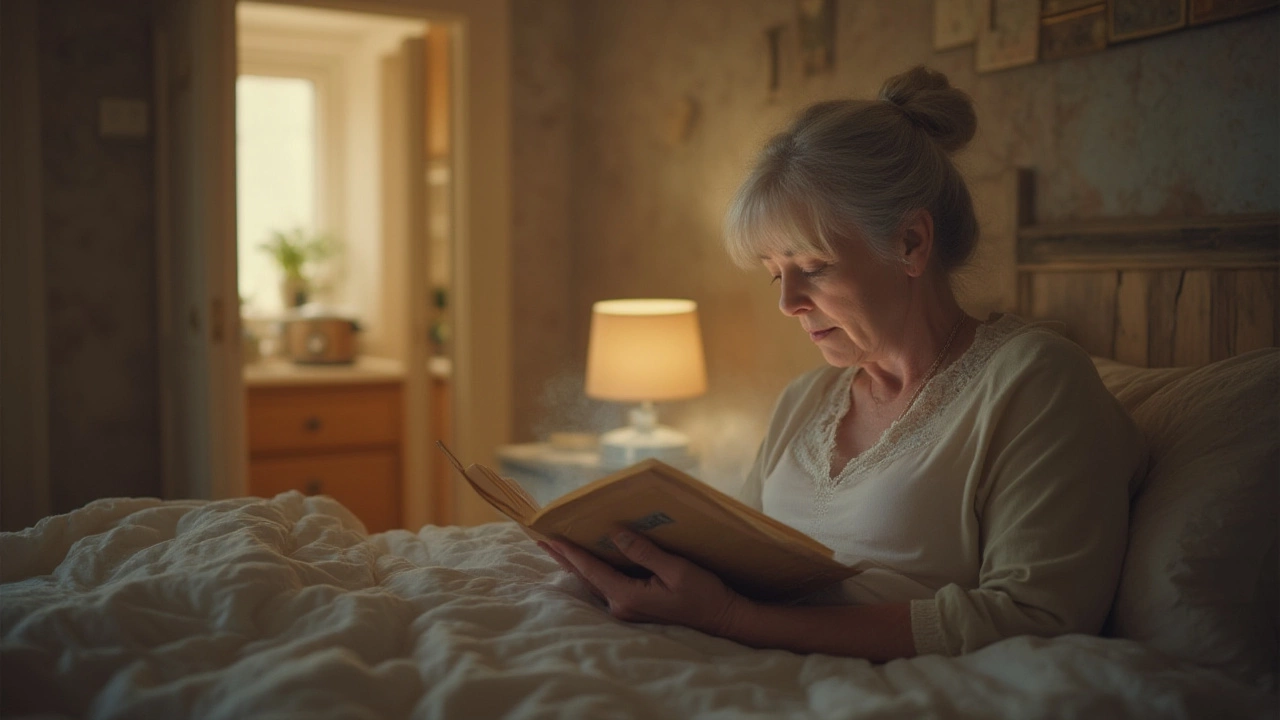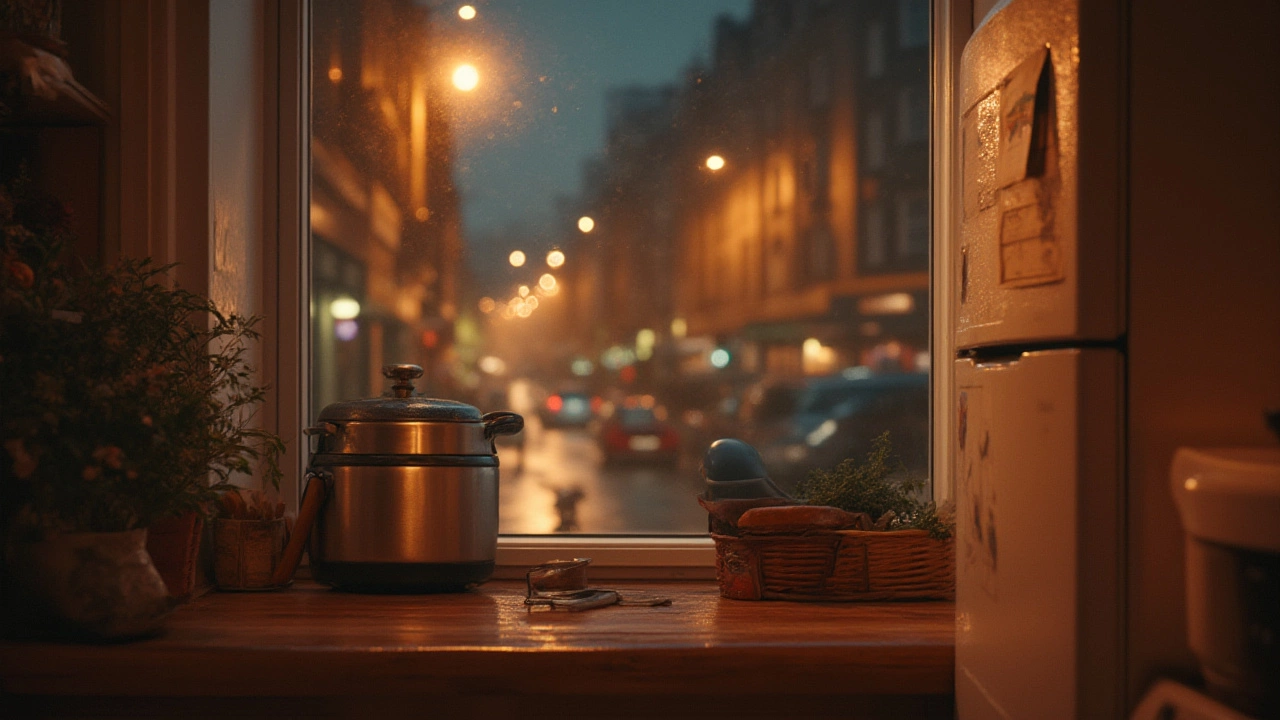You've probably seen the slow cooker marketed as the answer for busy people: toss in your ingredients, set the timer, and come back hours later to a house smelling like you've got a professional chef hiding behind the curtains. But here's the thing—busy lives mean shortcuts, and those shortcuts can quickly turn into nerve-wracking questions. What if you want a stew ready the moment you open your eyes? Is it actually safe to leave your slow cooker running while you sleep, or could the kitchen end up looking like a scene from an insurance commercial?
Myths and Realities: Are Slow Cookers Actually Safe to Run While You Sleep?
Let’s cut straight to it. A lot of people are told that slow cookers are the set-it-and-forget-it solution to meal planning, and to a fair extent, that's true. Modern slow cookers have come a long way from the rickety models your mum may have used in the '80s. They’re engineered with safety features like automatic shut-offs, cool-touch exteriors, and sturdy lids designed to keep spills in check. But here’s a solid fact most folks don’t talk about: more than 11,000 house fires in the United Kingdom are caused by kitchen appliances each year, with unattended cooking equipment making a significant appearance in the statistics. That might sound scary, but here’s the reality—slow cookers are one of the least likely culprits. Most slow cookers, especially ones made in the last decade, operate at low wattage (typically between 70 to 250 watts, which is less than a hairdryer) and are designed to run for 8, 10 or even up to 24 hours safely. The ceramic insert holds the heat, while the low settings keep temperatures steady—this means there’s very little risk of sudden overheating or electrical malfunction.
BUT—and it’s a big but—safe doesn’t mean invincible. Any electrical appliance left unattended carries a risk, however tiny. Factors that up the risk include using really old appliances, damaged cords, placing the slow cooker on the wrong surface, overcrowding plug sockets, or ignoring basic manufacturer instructions. Fire services across Britain actually endorse slow cookers for their safety record but will always remind you to follow best practices. If your slow cooker is relatively new, well-maintained, and you’re not running dodgy extension leads under the fridge, the odds of something going wrong are slim, but never zero.
Reasons People Sleep with the Slow Cooker On: Convenience and Timing
This isn’t about reckless living—there’s a solid reason slow cooker fans look to keep these gadgets humming away overnight. Not everyone works the classic nine-to-five. If you’re night shift, grabbing a hot breakfast as you roll in at 6 AM can be the highlight of your day. Some recipes, like pulled pork shoulder or tough beef brisket, really do need eight or more hours at low. Sleeping while it simmers just makes sense. It also helps families manage time—prepping dinner before bed and waking up to a meal saves the morning rush. During winter, kitchen smells of stew or porridge can make the house feel welcoming before you even leave your pillow.
Let’s not forget the budget-saving angle. Long, low, moist cooking transforms cheaper cuts of meat into melt-in-your-mouth feasts. And energy-wise, using a slow cooker for eight hours typically burns through less power than keeping the oven on for two. If you ask Canadians, January is unofficially the "leave the slow cooker on overnight" month. In the UK, slow cooker use spikes whenever energy prices climb, simply because they stretch the penny and still dish out hearty food.

How to Safely Use Your Slow Cooker Overnight
If you’re set on letting your slow cooker work while you sleep, let’s make it as safe as possible. Here’s a reality check: a slow cooker is not a kettle, and it needs more careful positioning. Always set it up on a flat, heatproof surface, like your kitchen worktop. Never wedge it against a wall, wooden surface, or near curtains. Leave plenty of space for air to move around. Double-check that the cord isn’t twisted, pinched, or dangling over the edge—it’s not there for the cat to play with in the middle of the night.
- Check your slow cooker’s plug and cord for any signs of wear. Cracks, frays, melted spots—any of these mean it’s time for an upgrade, not a quick tape job.
- Don’t plug the slow cooker into multi-socket extension leads, especially the cheap ones. Direct into a wall socket is best.
- Keep the lid on tight. Every time you open the slow cooker, you let out heat. If you do this several times before heading to bed, you risk the temperature dropping below safe cooking levels. Dangerous bacteria like Clostridium perfringens love warm-but-not-hot spots, and nobody wants a case of food poisoning with their breakfast.
- Fill your slow cooker somewhere between halfway and three-quarters full. Less can lead to burning, more can cause spills.
- Don’t stack stuff on top of the slow cooker or drape tea towels over it. Let it breathe.
- Double-check that the recipe you’re using is designed for the slow cooker. Slow cookers don’t do crisp or crunchy, and they’re not meant for deep frying.
One trick often overlooked: put in all your cold ingredients, press start on your slow cooker, but don't wait until right before sleep. Give it an hour or two while you're still awake, so the cooker is up to temperature before you wander off. That way, you're around to catch any hiccup before anyone's counting sheep.
Known Risks, Tips, and What the Pros Say About Overnight Slow Cooking
So, what are the real risks? It comes down to two things: electrical faults and food safety. Every now and again, you read a headline about a fire started by a kitchen device left on overnight. In the majority of those cases, the device was faulty, placed on something flammable, or used in a way totally at odds with the instructions. According to the UK’s Fire and Rescue Service, slow cookers are involved in an incredibly tiny percentage of kitchen fires—usually less than a handful per year. You’re statistically way more likely to get trouble from a toaster.
But food safety is another story. The temperature inside the cooker needs to stay above 60°C (140°F) to keep bacteria from growing. A properly functioning slow cooker maintains steady heat, but if you’ve overfilled it, opened the lid too often, or used a dodgy extension, it may not keep things hot enough. Never reheat food in a slow cooker—it’s not what they’re built for. Always chill leftovers quickly and reheat using a microwave or stove.
Pros like Nigella Lawson and Jamie Oliver swear by slow cookers for busy schedules but always stress the same things—keep the cooker in tip-top shape and the area around it clear, don’t try to rewire parts yourself, and don’t skimp on the prep. Proper chopping, even distribution of meat and veg, and enough stock or sauce for moisture are all musts. If you’re using raw kidney beans, pre-soak and boil them first; slow cookers alone won’t kill the natural toxins.
Many people now use smart slow cookers that connect to Wi-Fi and alert them if the cooking time is up or if there’s a problem. Not just a gimmick—this adds another layer of peace of mind if you’re sleeping or out and about. But whether analogue or digital, the real safety comes from common sense. As long as you keep it simple and follow the rules, the slow cooker does its job with little fuss. When people ask me, “Can I sleep with my slow cooker on?” my honest answer: yes, but respect the rules of the kitchen and always keep **sleep with slow cooker on** safety in mind.
And here's something a lot of folks overlook: smell can be your friend or your enemy. If you set your slow cooker to bubble up a garlic-heavy beef stew at 11 PM, be ready for dreams that might just feature you locked in a bistro. For delicate stomachs, stick to porridge or a mild recipe overnight, or you might wake up craving lunch for breakfast. In the end, the best tip is the simplest—if your slow cooker is well-kept, recipes are followed, plugs are safe, and you're not stacking your bills and recipes atop the machine—overnight slow cooking can make your mornings delicious, not dangerous.

